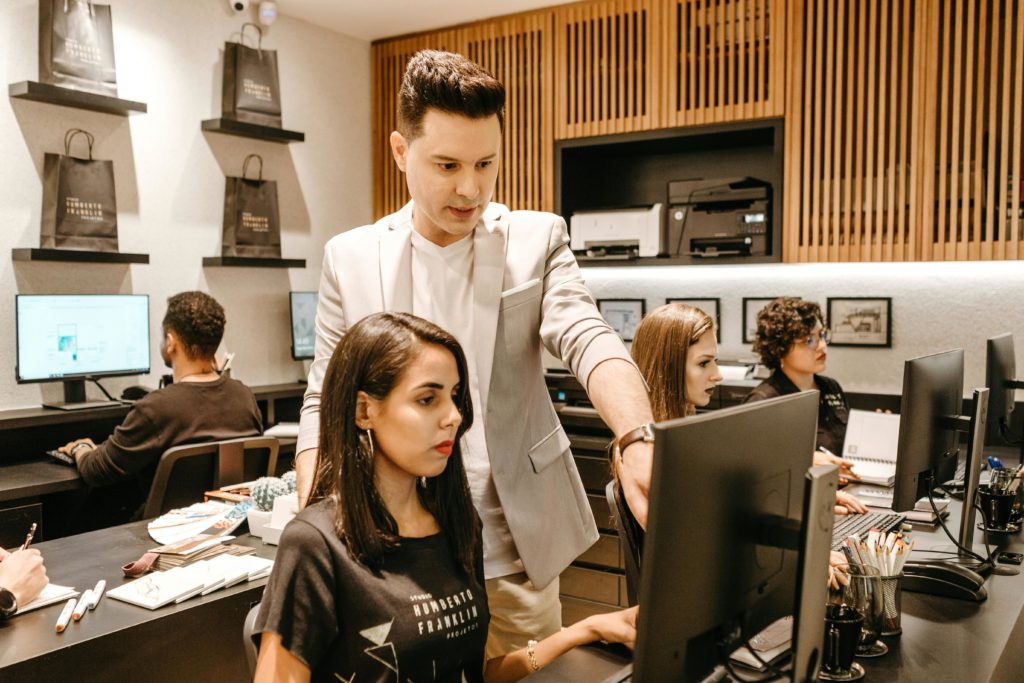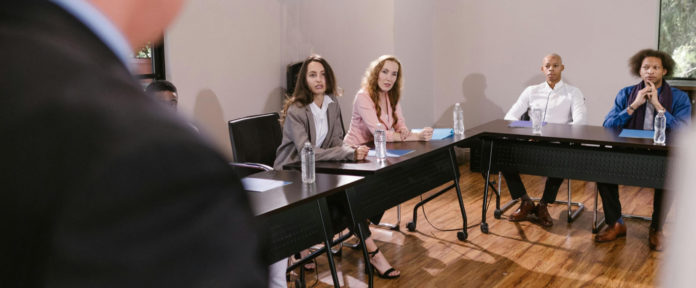You have kicked off a marketing campaign for a new brand of speakers. One of the channels that you are using is the used and reliable email list. It contains a list of some of your best customers over the years. But now you’re worried about how your message will be perceived. Was it too formal and assertive? Will it put the buyers off by hurting their sensibilities?
Even the way you end your email message says a lot about you. The most common complimentary close used is ‘Best Regards.’ But we are looking for some refreshing best regards alternatives to this oft-used ending that are more friendly. Your readers are more likely to smile as they look at how you signed off.
The Psychology of the Sign-Off
Even in this age of visual and online media, emails still have an important place in our lives. You may receive more than 100 emails every day. Most of them are solicited marketing messages. You will promptly send it to Trash if you don’t recognize the sender. But once you have opened up an email, everything from the first words of greeting to the last words of the sender is bound to make an impression.
Since the signoff is how the writer closes the mail, this is the reader’s last impression of you. And as everyone knows, last impressions matter because they are the most recent. You can change your opinion and views about the sender, depending on their latest message and the tone in which it was written. Consider the signoff as the best way to endear the reader to you and leave a positive impression.
Kinds of Signoffs

There are different levels of formality in the way we close our email messages. Emails can be used to show gratitude or signal respect. They can also emphasize the next steps or convey a level of friendship. It also depends on what you know about the reader, their attitude, likes and dislikes, and how long you have been writing to them.
If you want to show gratitude or thanks for being appreciated, you will write phrases thanking them for their help or appreciating the efforts they made for you. It would give the reader a sense of satisfaction that the work they did was appreciated.
If you want to just give them respect, you should be more formal and use words like sincerely or Warmly. This is used when you are addressing them for the first time or writing to senior executives.
If you want to convey congeniality, you would have to use informal language such as Cheers or See you later.
You can close the conversation with Take Care or Best of luck if you are informally ending the email.
Emails can also convey a sense of urgency and emphasize the next steps if you close out with phrases such as Will follow up shortly or Tell me your thoughts. It keeps the reader focused and tells them an action is desired.
So, we can see that the signoff of an email can be used to send a nonverbal cue that brings out certain emotions, from friendliness to urgency.
The signoff that you use will depend on the following factors:
Your existing relationship with the recipient
If you are good friends and work for the same employer, you can be informal. If you are writing to someone you don’t like, just be formal and close it out. You would have to be grateful when it is a customer. Be respectful if it is a senior. You must show respect or gratitude when closing out with a new contact. It depends on where you met them and what you hope will happen next.
Your goals for the exchange
If you want to thank people for their efforts, use a grateful tone. If you want them to share feedback, ask them directly. If you want the person to stop contacting you, use a firm tone when closing out the communication.
The connection you desire with the recipient
If you want someone to be your mentor, ask them for help graciously or thank them for their time. To get them as a customer, ask them for their thoughts or ask them to keep in touch. If you want to set up a friendship, use a congenial tone and invite them out.
The influence of culture
When communicating with a government office or a traditional corporation, be respectful and play it safe. If your company is a go-getter, try the hard-charging approach. If you work for an informal company, use congenial language.
Common Sign-Offs and Their Perceptions

Some of the most common signoffs are Best Regards, Sincerely and Thanks, so let us see what they mean.
Best Regards
This is just formal and is used with a respectful tone.
Sincerely
It is formal but a bit archaic. It conveys formality and respect between formal and informal.
Thanks
It is so overused and trite that it has lost its true meaning. If you want to be appreciative, use Thank you so much.
By using these generic closings, you seem lost in time and not very current. It’s best to use them for traditional-style organizations. They are at best impersonal or overly formal.
Powerful Sign-Off Alternatives
Why not step into the modern era and use closings that are more common nowadays? These can be classified as formal, friendly, or action-oriented.
- Kind regards: This is a variation of Best regards but has a response rate of above 50%.
- Cheers: It is currently regarded as a formal yet professional way to sign off.
- Thanks in advance: It is overused but has response rates over 60%.
- Looking forward to hearing from you: This is friendly and action-oriented.
- Talk/ Chat soon: This is also informal and friendly.
Conclusion
We have looked at how much signoffs matter in email communication. You can combine these signoffs with your emails to have the desired effect while still being trendy and contemporary. If you want to end the communication with the recipient on a good note, then you have to use the right sign-offs that portray a specific feeling.




































